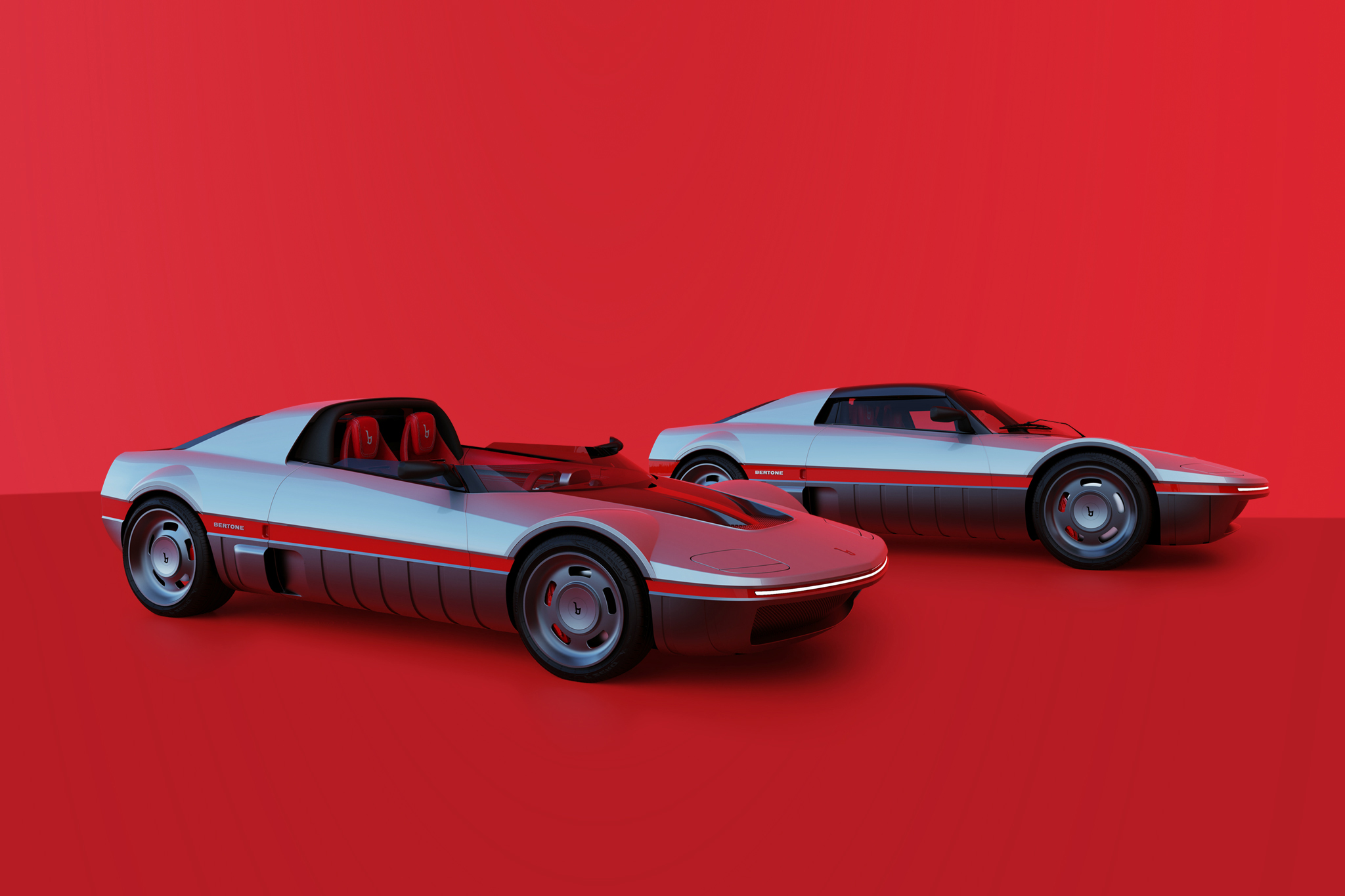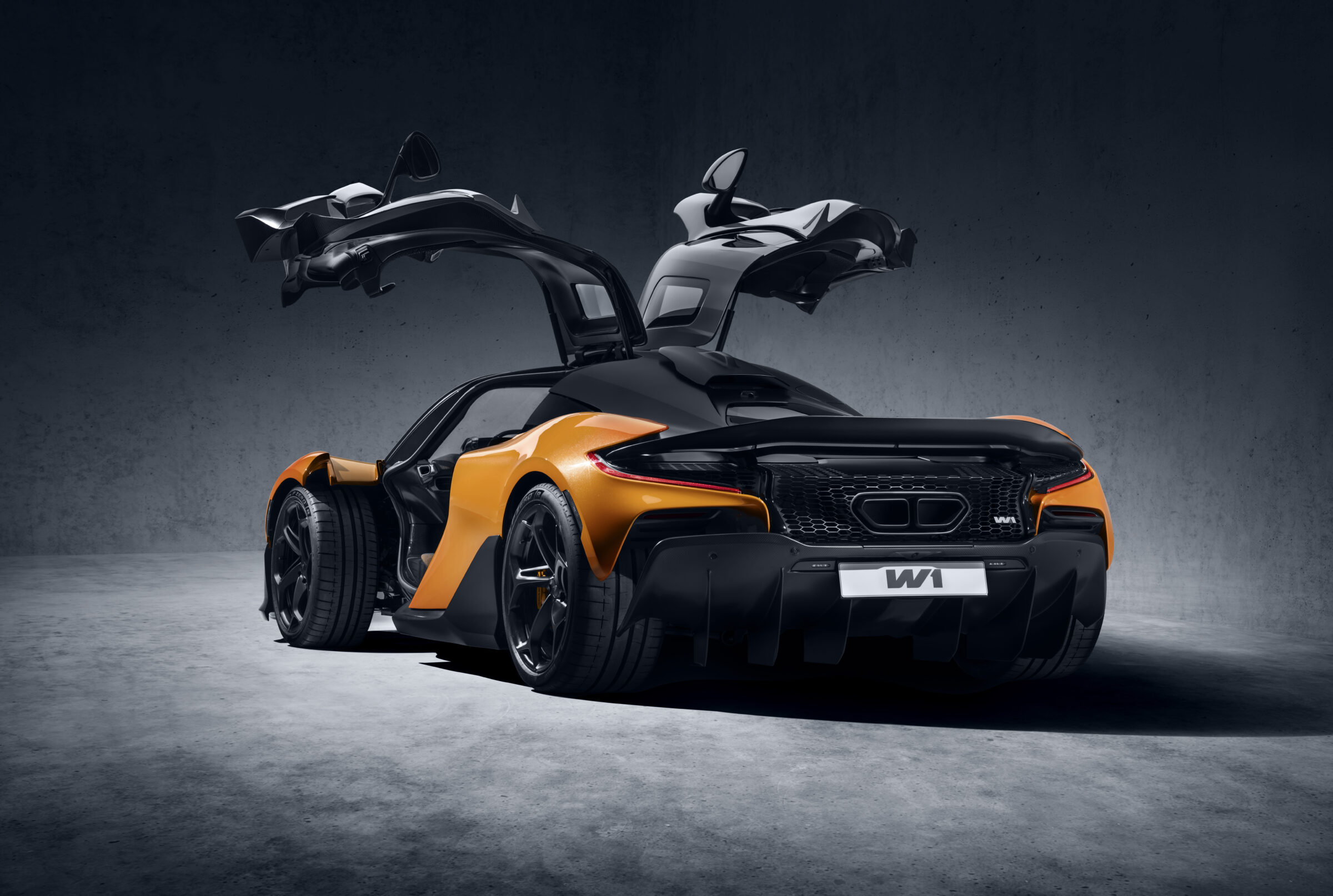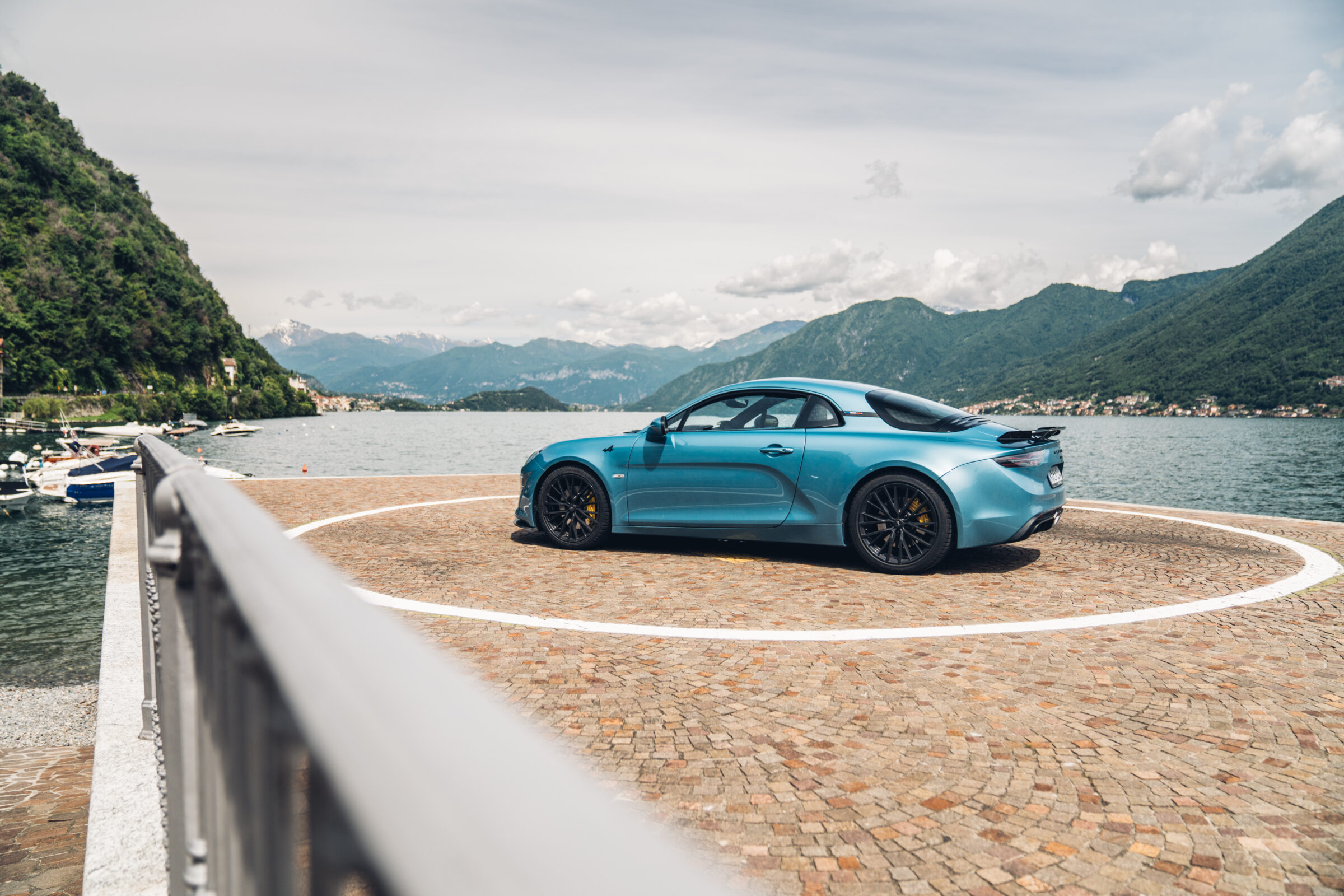Fiat 600 Multipla
Some time ago we reported about the Stout Scarab, one of the very first production vans in automotive history. However, only a few examples of this US-American vehicle were made by hand. The multifunctional concept behind it, on the other hand, was later taken up again by various manufacturers. One of them was Fiat, where on the basis of the 600 introduced in 1955 already one year later at the Brussels Motor Show a ‘Multi-Space’ variant made its debut, which was aimed specifically at larger families and taxi companies. The name Fiat 600 Multipla was intended to illustrate the technical affinity to the smaller car as well as the variety of possible applications. As with the early models of the normal 600, the front doors open in opposite direction. People know this arrangement as ‘suicide doors’, since it is allegedly clearly easiert to fall out of the car. In direct comparison to the 600, however, it is noticeable that the doors and thus also the front seats are arranged above the front axle. Through this consistent use of the available space, there was enough room for two full two-seater benches in the rear, which can be reached via separate doors, as well as a generous boot above the engine. The rear seat backrests can be folded down to create a two-meter-long flat loading area that can also serve as a double bed.
The car body designed around it by Dante Giacosa reminded viewers most of a miniature version of a coach. Interestingly, the rear window is flatter in the airstream than the windscreen, giving the impression that the Multipla is driving backwards. From today’s point of view, this impression is also reinforced in the cockpit when you try to swim in modern traffic. The four-cylinder engine in the back is trying really hard, but it only provides 21.5 hp from 633 ccm and naturally can’t pull out any trees with that. Fiat self-confidently stated a topspeed of 90 kph (55.9 mph) in 1956. For the Italian inner-city traffic it was always sufficient, which is why the taxi version without front passenger seat and with only one bench and two additional folding seats in the rear was sold in big numbers. At the latest with the facelift to the 600 D Multipla with more displacement (767 ccm) and power (32 hp) the vehicle became also interesting for families. While the Italian taxis were painted green at the bottom and black at the top, the Fiat 600 Multiplas delivered to private customers often wore pastel shades, which were also often combines in bi-color paintworks. In addition, external coachbuilders converted the vehicle into platform trucks for craftsmen and entrepreneurs. Also there were some Abarth versions with a slightly increased performance, which were used by the Abarth dealers as an advertising medium and to transport parts.
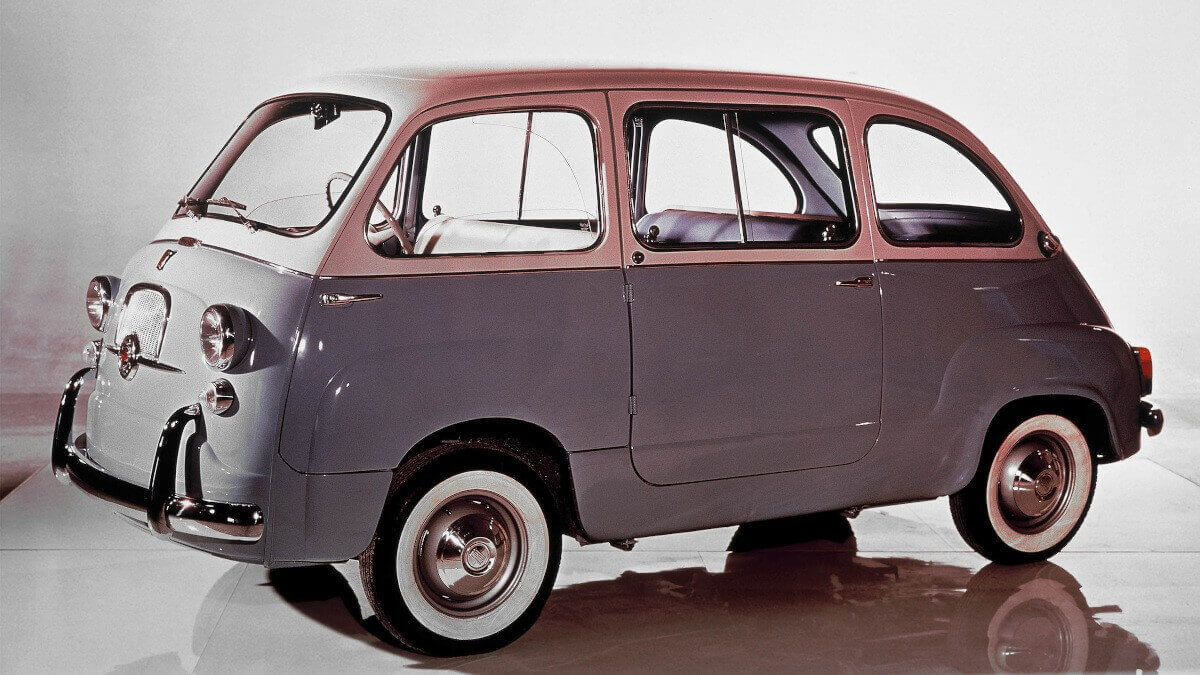

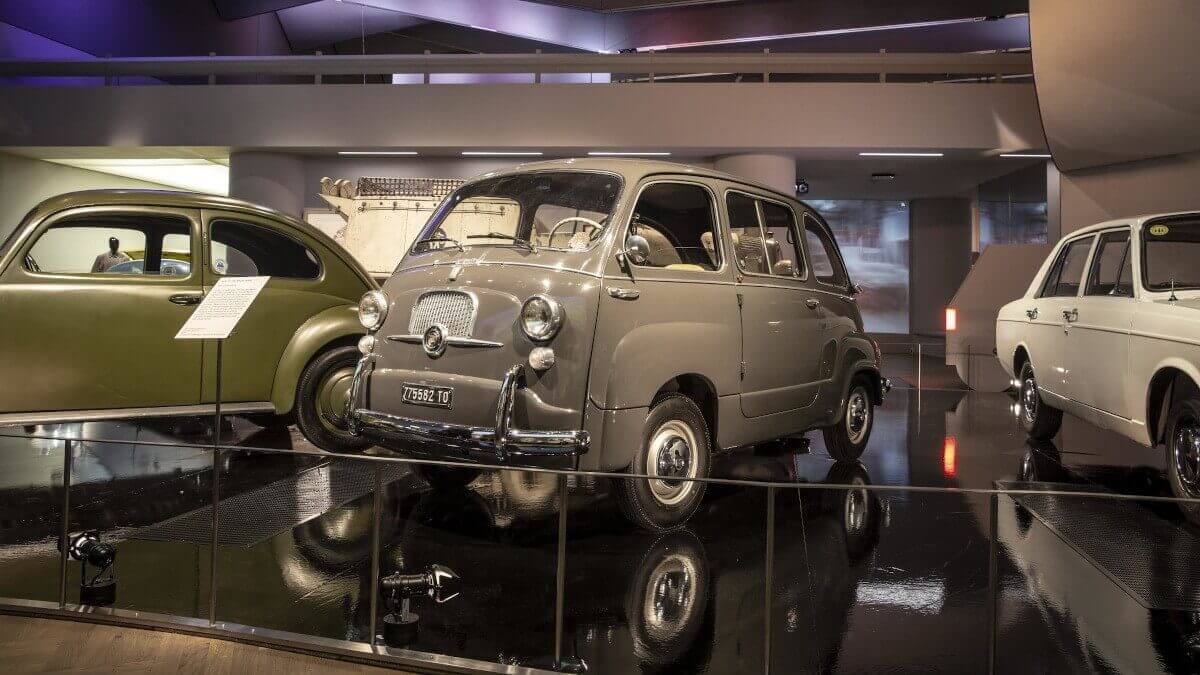

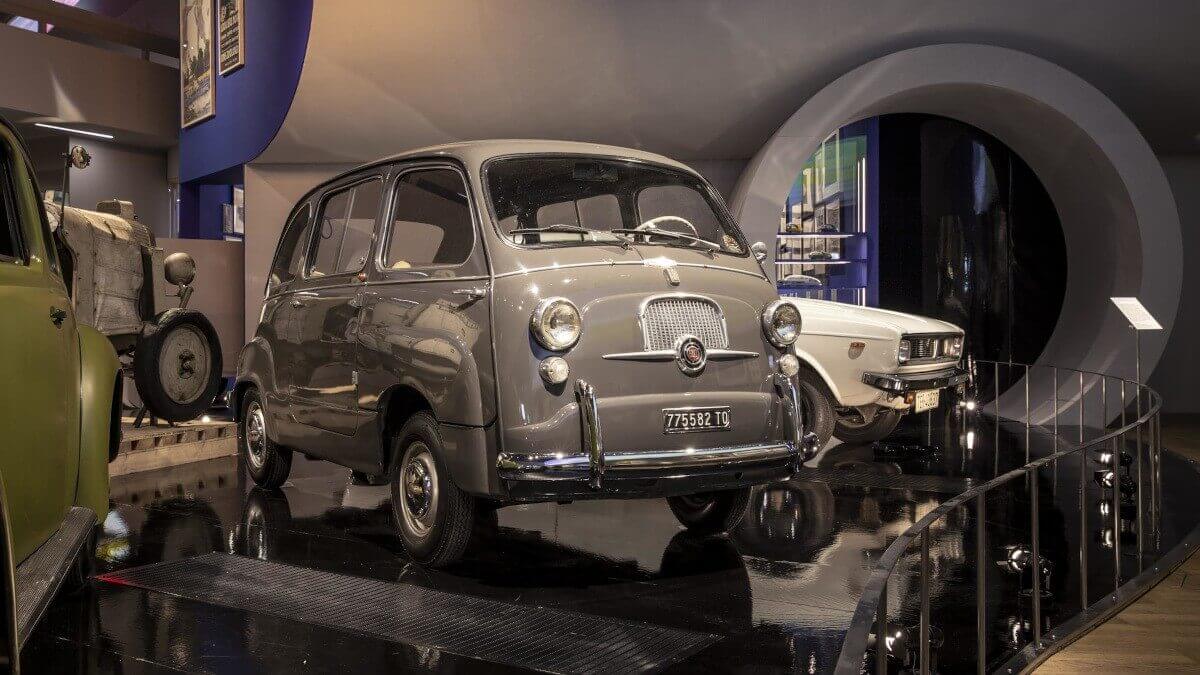

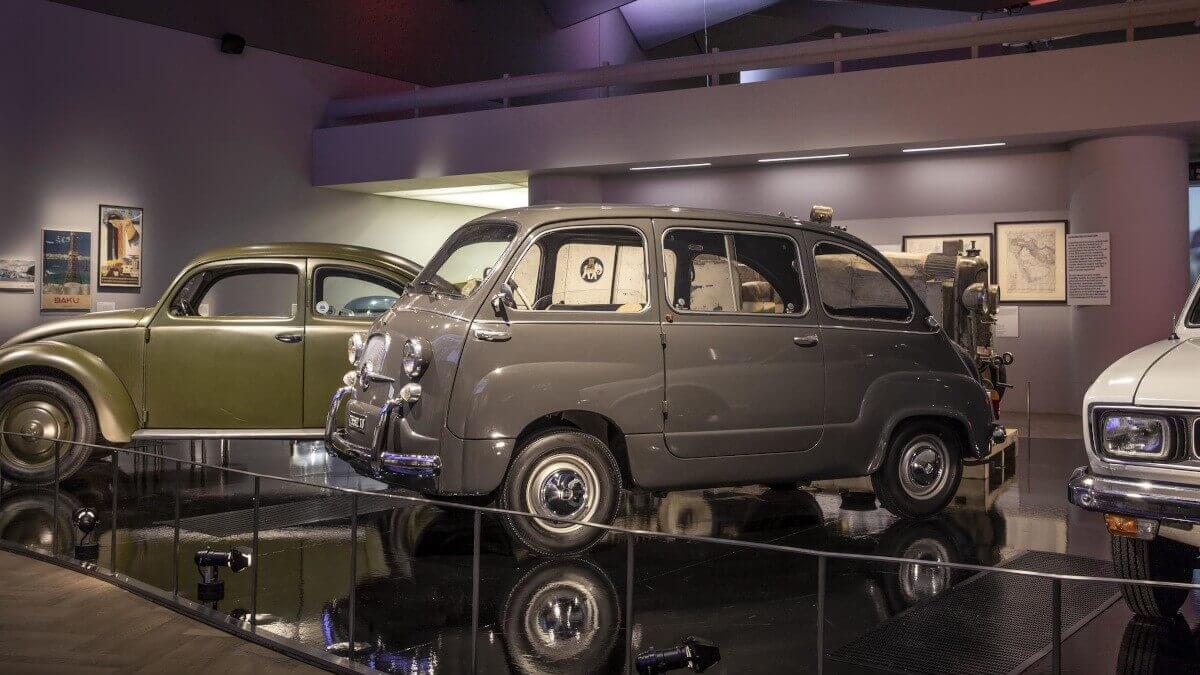

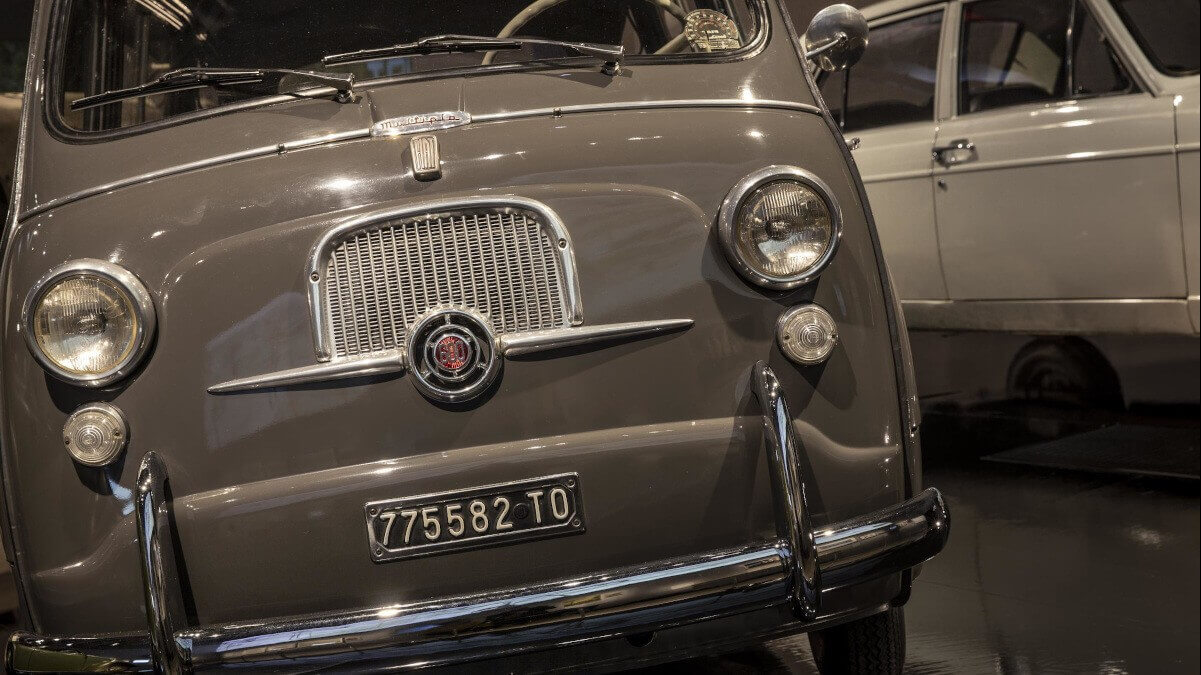

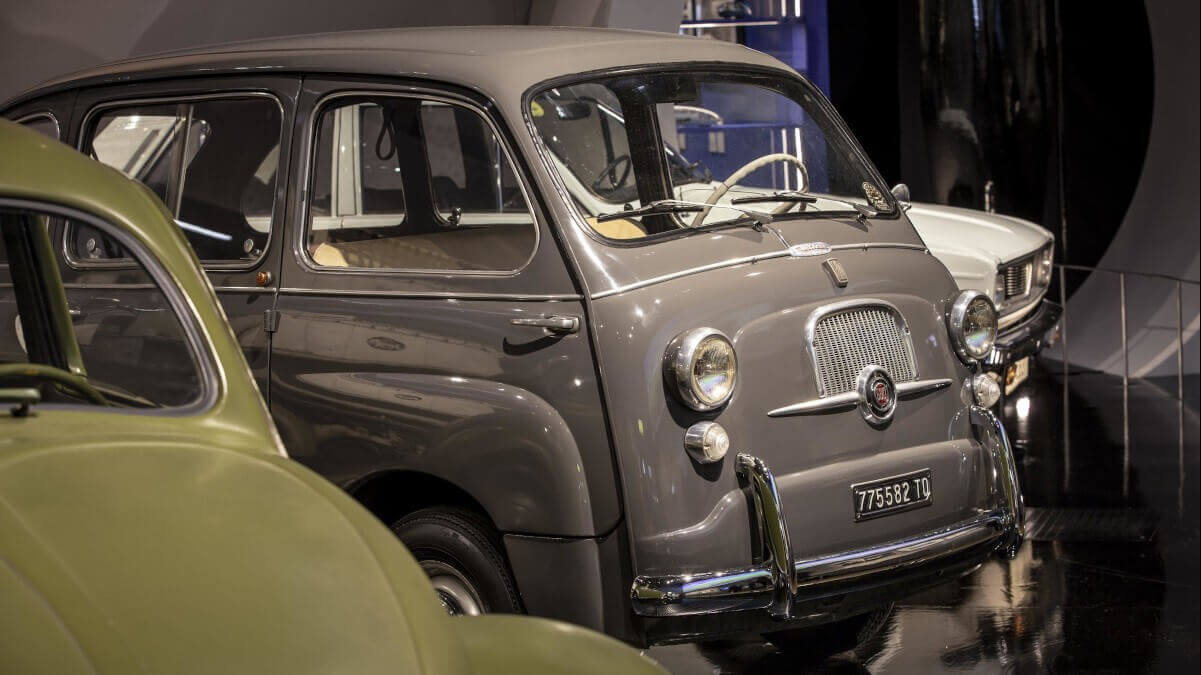

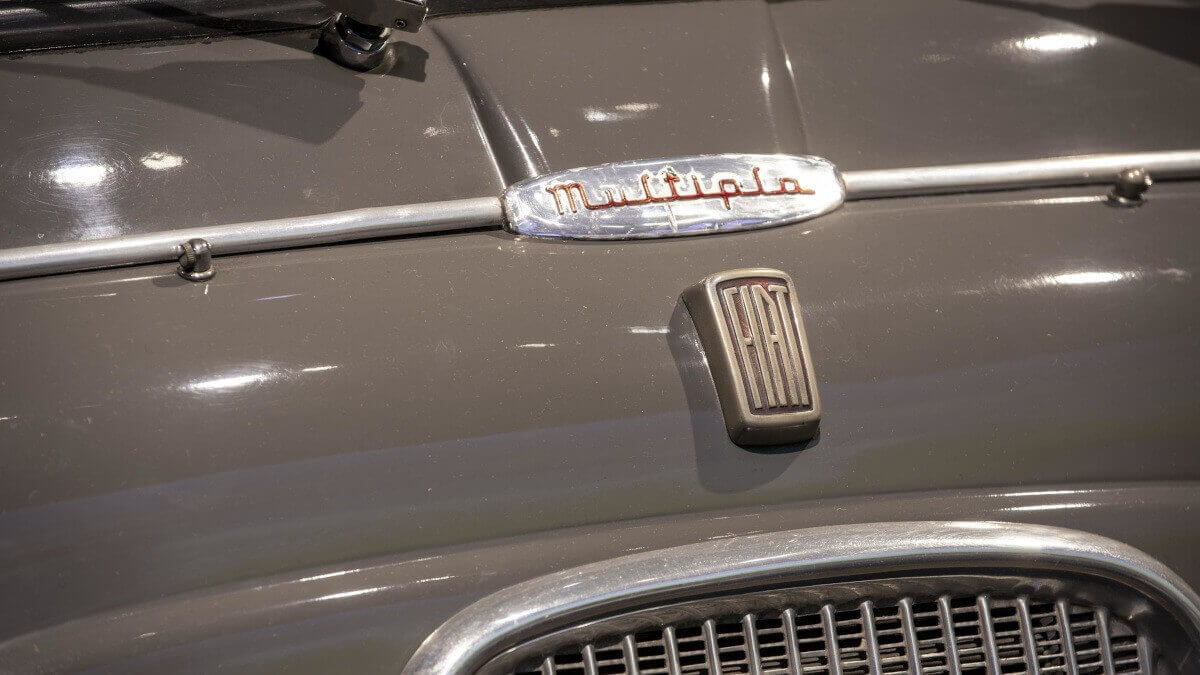

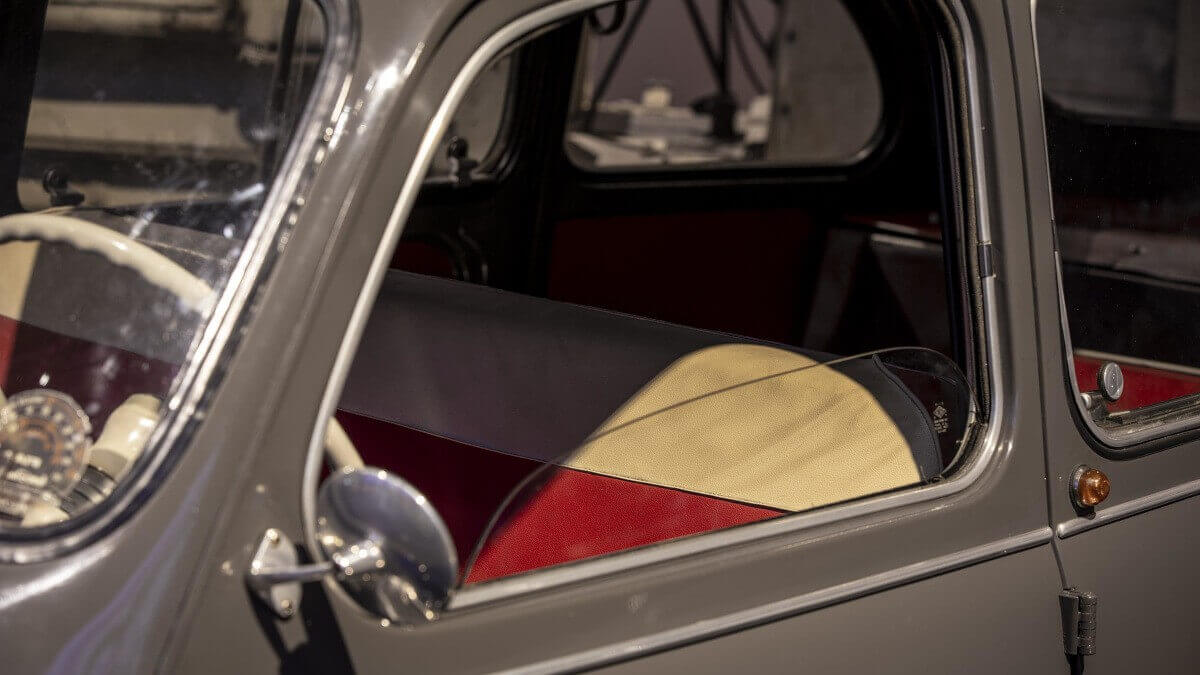

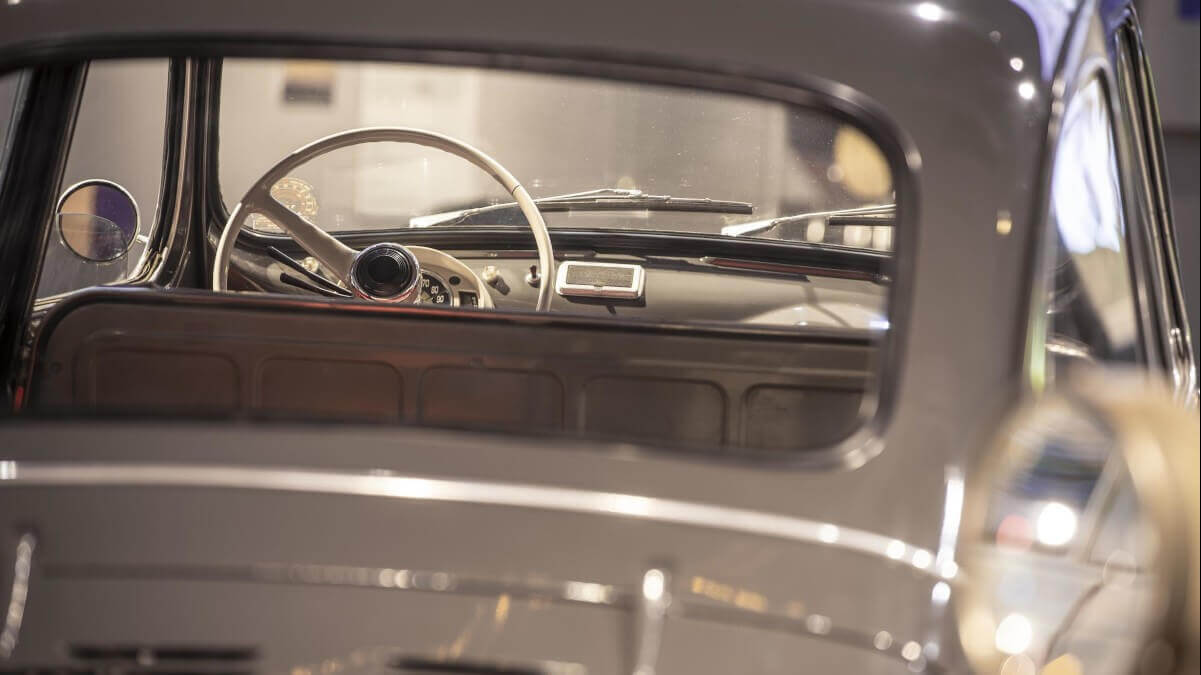

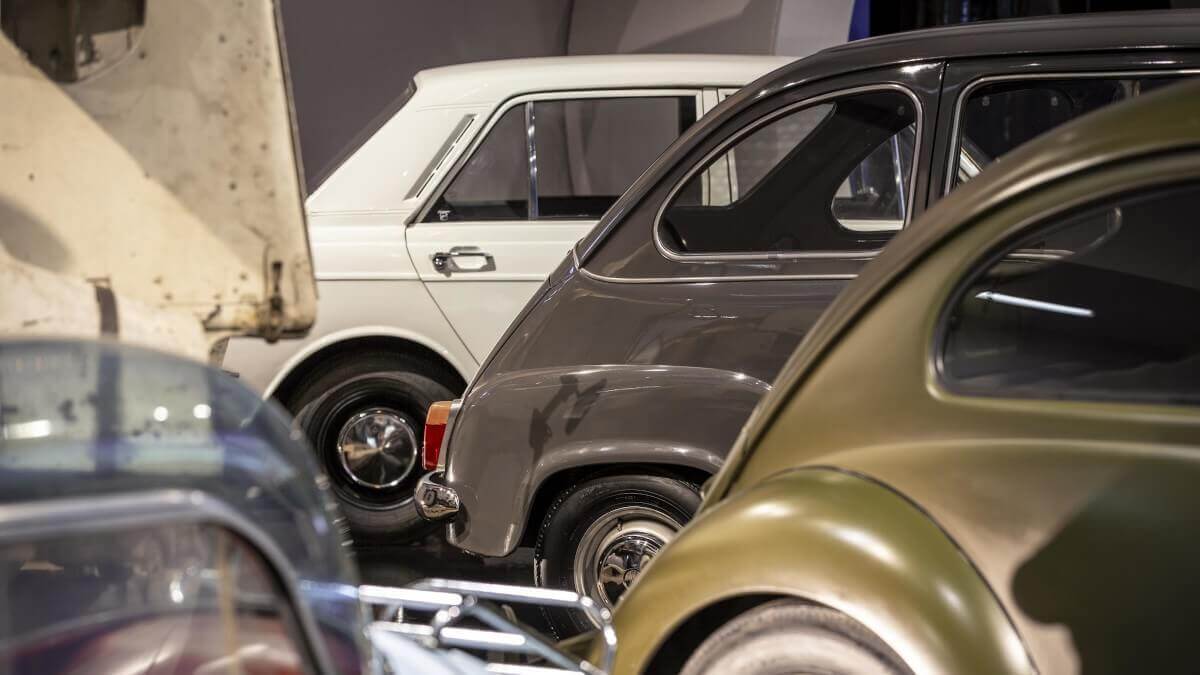

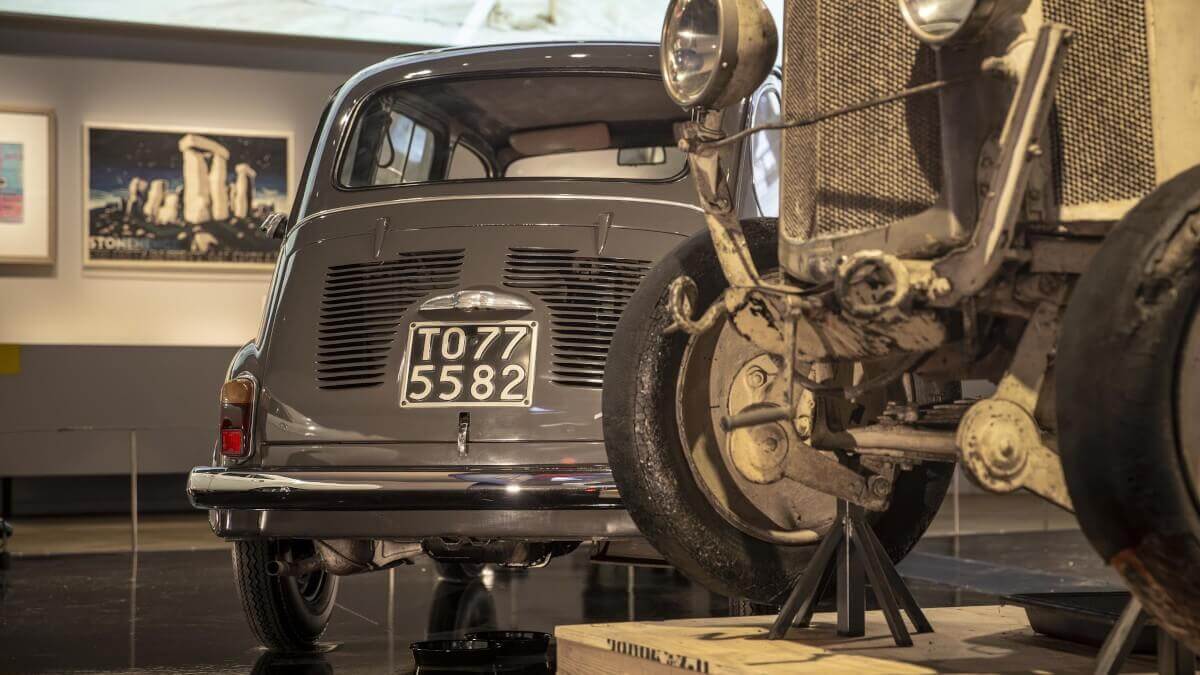

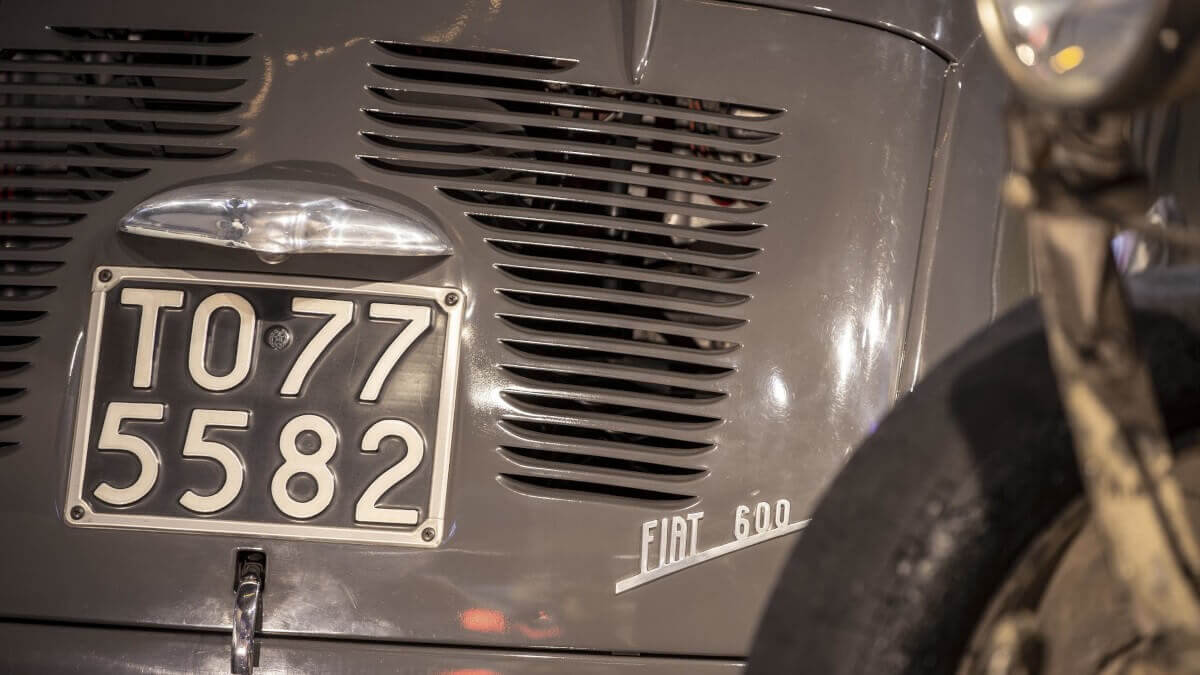

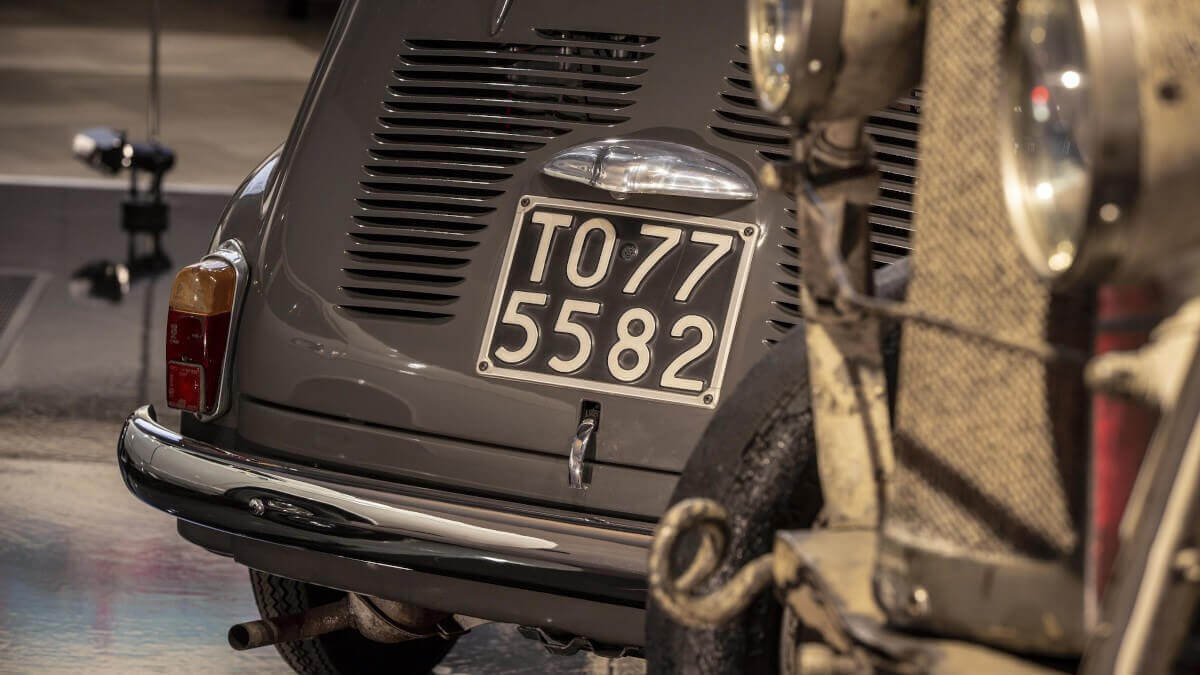

Even though the newer Multipla presented decades later was laughed at internationally due to its polarizing design, the 600 Multipla is regarded by Fiat as an important classic car in their brand history. From tomorrow (23 November) until 19 April 2020, a car from FCA Heritage will be on loan in the new special exhibition ‘Cars: Accelerating the Modern World’ at the Victoria & Albert Museum in London. The curators of this exhibition specifically searched for cars that accelerated society and economy in the 20th century and collected 15 of them. In addition, they show more than 250 other exhibits such as advertising posters and radiator figures. The permanent art exhibitions of the museum are of course also open to the public.
Images: Fiat


